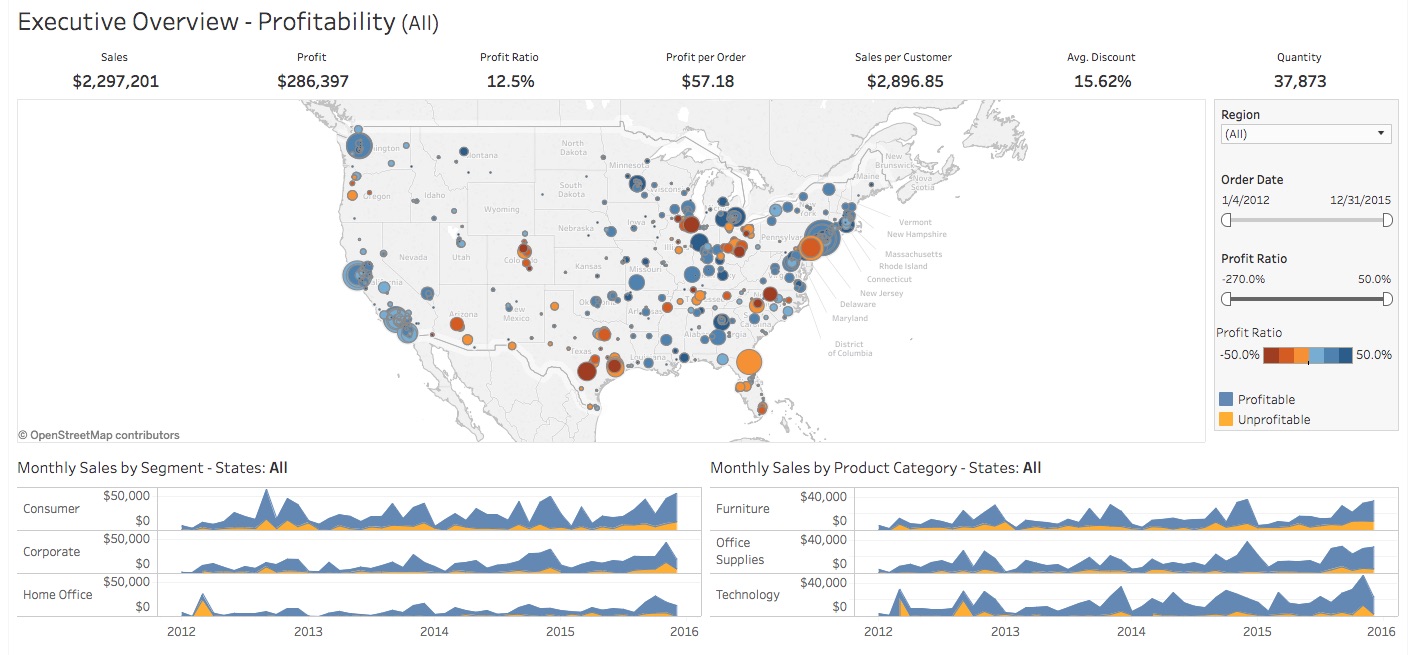Data Analytics: The Key to Unlocking the Retail Advantage
Data analytics provides retailers with a strong business advantage

This piece first appeared in Retail TouchPoints. Today’s retailers have so much to know about customers—who they are, what they buy, when they buy, how they like to pay, and how they feel about the interaction, product, and brand. The good news is there’s plenty of data to fill in the gaps. Every customer visit and interaction, be it in-store, online, or mobile app, yields a trail of data for the retailer to explore. By leveraging that data, retailers can improve sales, customer service, and their product offerings. And that’s where data analytics comes into play. According to Gartner, retailers need advanced-analytic capabilities in order to compete in today’s digitalized marketplace. Here are some ways data analytics can help retailers unlock their full potential.
Bringing together disparate data
Lack of data is rarely a problem for retailers; the issue is getting data sets to mingle.
Physical stores have their own set of data on the popularity of items, sales details, and so on. Online stores generate similar data. Increasingly, the Internet of Things allows stores to track even the smallest customer actions, including which items were picked up and put down. This data comprises a gold mine of insights if used right—and that’s a big if.
Too often, the data is stuck in separate silos. These physical, departmental, and political silos keep data from interacting with other data. As many businesses have learned, it’s seeing all of the data—the big picture—that provides the most valuable insights.
Pulling together all the data helps connect the dots. Let’s pretend a group of mothers search and shop for their children’s new toys, clothing or healthy food at different points of the day using a different set of devices, such as desktop computer and mobile phone. At 9pm this group of mothers shift to using a mobile device to research and to purchase. Spending marketing dollars on this group during the day may not be as effective as mobile add displays starting at 9pm. Without the search, ecommerce, and customer segmentation data pulled together and analyzed at different dayparts, retailers are operating without a holistic view of the business.
Similarly, store managers need to easily analyze current store performance and how that impacts staffing levels to ensure products are on the shelves and customers are experiencing superior customer service. If performance is not up to par, store managers must be able to ask “why” and simply drag and drop to uncover the answer.
Using data to empower the whole team
Thanks to remarkable advances in software, we’ve gotten away from the days when data analysis and report building were relegated to IT teams. In those days, business teams waited, often for weeks and even months, to receive reports that answered only the preset questions.
With self-service analytics, everyone in the organization has access to the governed data they need. Like customers who take to Google to comparison-shop, retailers can now ask and answer questions of their own data within seconds at the speed of thought.
E-retailer ModCloth empowers people across the organization with self-service analytics. Teams explore the data, uncover insights, and drive decisions in real-time.
“We use data everywhere,” says Modcloth data analyst Krystal St. Julien, “When an employee in the warehouse, on the retail floor, or in an email conversation with a customer can get the info they need instantly, everyone benefits.”
Going beyond real-time
It’s now paramount for retailers to have accurate product inventory counts for their stores, warehouses, or other locations. Many businesses share this information with customers so they can make informed decisions. Real-time information has moved well past being a plus to becoming a necessity.
Predictive analytics makes informed guesses about what customers will want within the next few hours, tomorrow, next week, and next year. A full view of the data and self-service analytics both feed into this trend.
For chocolatier Kilwins, which has over 90 franchises in 19 states, data analytics means uncovering insights in sales data. Before data analytics, Kilwins was struggling with the time-consuming task of collecting and analyzing point-of-sale data. Now the business is able to act on data quickly, turning real-time data into informed decisions now and for the future.
“Kilwins is now able to make decisions regarding promotions and sales that are data-driven,” says Jeff Hall, director of marketing. “Because we've got a lot more access to the data quickly, we know how to build out the promotion.”
If he needs to find the top-selling item in a particular line, he can get the answer in two minutes. Increasingly, those answers also include informed projections of what might be top sellers in the future.
Treating data like the core asset that it is
A retailer’s biggest assets are its people and its data. With data analytics, retailers can bring together the two assets and use one (data) to empower the other (people). Separate silos of data need to live together. Everyone in the organization, from management down to the retail floor, must have access to the latest data. Retailers must go beyond analyzing today’s data to also anticipate future consumer needs via predictive analytics. With data analytics, retailers can better understand the business, move it forward, and better serve its customers. To learn more about the power of retail analytics, check out this webinar featuring Tableau customer Rue La La.
This blog was first published in March 2017 by Jeff Huckaby, former Director of Global Industry Advisors, Retail and Consumer Goods Lead, Tableau.
Subscribe to our blog
Receba em sua caixa de entrada as atualizações mais recentes do Tableau.


